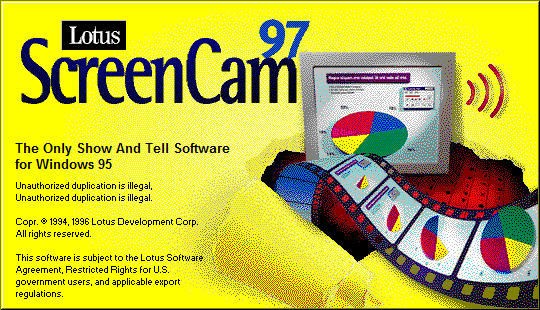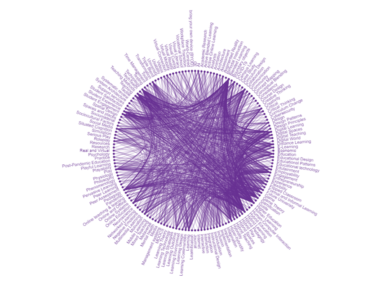It is difficult to summarise 15 years long experiences in do-it-yourself video and screencast production in few lines. A screencast is a digital video and audio recording of what occurs on a presenter’s computer screen, and it can be used to create sophisticated, information-rich multimedia presentations. First screencasts were prepared by means of historical Lotus ScreenCam (Fig.1), even before the term screencast was created by Jon Udell (Fig.2) in 2004.


Screencasting can be integrated across the curriculum and into many learning activities. Screencasts are an effective instructional format that can be used for tutorials, demonstrations, digital storytelling, and narrated PowerPoint presentations. Screencasts have many applications, which include: training — such as learning new software and teaching — a lesson on a particular topic or showing a step-by-step process, in which students can learn material at their own pace or catch up on missed sessions. Screencasting has emerged as a prominent teaching tool on the Internet. There are several advantages for both the instructor and the student. For the teacher, a screencast is an efficient and effective means of describing a step-by-step process, explaining a particular concept.
For the student, screencasting allows them to learn by example, seeing for instance a step-by-step sequence in great detail. The ability to pause or review content also gives students the option to move at their own pace, which is not always feasible in the classroom. Screencasts are excellent for those learners who just need an aural as well as a visual explanation of the content presented. Screencasts can also be used in the “flipped classroom” teaching model in which the classroom and homework paradigm is reversed. What used to be done in the classroom is now done at home, and that which used to be done at home is now done in classroom. Students watch and listen to a teacher’s lecture via screencast video for homework, and then use class time for what previously, often, was done in homework: tackling difficult problems, collaborating in groups, and researching.
Nowadays many tools even freeware tools are available. They can be used for different purposes like creating podcasts containing software animations or lecture captures – slides plus audio and presenters face. During years format of presentation as well as quality and bandwidth requirements have changed. The choice of appropriate tool is still a big challenge (Fig.3).
Robert Gajewski is taking part in the Media & Learning Conference where he is one of the experienced practitioners taking part in our discussion on Do-it-Yourself concepts for higher education on Thursday 6 June.

Author
Robert Gajewski
Associate Professor at the Faculty of Civil Engineering of Warsaw University of Technology, Poland














